Few developments have more cheered progressive activists than the perceived resurgence of labor unions. This has been sparked by largely symbolic efforts to unionize in places such as Starbucks and Amazon, as well as more sizable wins by the Writers Guild of America and the Screen Actors Guild and United Auto Workers, the country’s most important private labor union. In 2022 strike activity more than doubled from the previous year.
Yet ultimately these wins may turn out to be largely Pyrrhic. Although some like Vox see “a new era for the American worker,” private sector union membership, in the 1950s involving more than one-third of the workforce, has dropped to a historic low, representing barely 6 percent; younger workers’ total unionization rates now approach 4 percent of the workforce.
This hardly seems the wave of the future. “Hope springs eternal,” suggests John Russo, a visiting scholar at the Kalmanovitz Initiative for Labor and the Working Poor at Georgetown University. “But the realities on the ground make it difficult to believe.”
To be sure, this may be an ideal time for a labor resurgence. Rising inequality and general fear of downward mobility have boosted support for expanded government and greater redistribution of wealth. Public approval for unions is back to its historic high of 70 percent, up from 48 percent in 2010, and most pronounced among the young.
So why has it been so hard to get unionizing efforts off the ground? Labor organizers list a host of factors from federal laws, the rise of part-time work, technological changes, the shift of jobs to “right to work” states, global sourcing and mass immigration. The decline of unions generally, notes one veteran LA organizer, means there are fewer sectors with sufficient “density” of union employment. The wins by SAG (a union I have been a member of), the UAW, United Parcel Service and Las Vegas casino workers came in already heavily unionized environments. Unions also do best, notes one organizer, where they have the ability to “choke off” businesses, for example at ports, trains and factories or in places, like Las Vegas, where hotel and casino profits make unions relatively affordable.
Less impressive has been union growth in industries like low-end services, technology and finance, which have barely 1 percent union penetration. Despite massive publicity, only one Amazon warehouse has been organized while at Starbucks, despite union organizing in 300 locations, no contracts have been signed. Other targets like McDonald’s are perfecting electronic delivery systems that reduce the need for human labor.
Organizers also confront a labor force that, in large measure, prefers part-time work, choosing to engage in the “gig” economy, where pay and hours are often uncertain. Rather than stirring to action, what Marx called the “reserve army” of the unemployed is simply disengaging. In the US labor market male participation rates have fallen from 80 percent in 1950 to 61 percent now, down nearly 4 percent from 2010. An estimated one-third of Americans are not in the labor force at all, partly because of high rates of incarceration, drug and alcohol abuse and other health issues. “The real issue facing labor,” Russo suggests, “is not wages and benefits but changes in the nature of work.”
Technology is also playing a key depressive role, threatening the jobs of blue-collar warehouse workers. Walmart expects to automate its systems with new software and lay off 2,000 workers, with 65 percent of stores having automation by 2026. Similarly, even creative workers — like the actors and writers in Hollywood — remain, despite the recent contracts, vulnerable to what economists refer to as “skills-based technological change.” After all, as entertainment becomes more digitized, humanity means less, as is evident by the popularity of video games and movies derived from them. You don’t need a Shakespeare to write the next Marvel movie, or, for that matter, many news stories, as artificial intelligence functions as a “plagiarism machine.” How long before AI ascends from doing box scores and stock quotes to directing opinion on the issues of the day? As the business professor Clayton Christensen noted, innovation often enters a field at the bottom and gradually works its way up. Even the ranks of “caregivers,” a growing target for union organizers, are threatened by tech firms which are creating what one developer calls “something like your personal AI friend”; others are developing new robotic nannies. Even a potential pool of new union members in the “the world’s oldest profession” could find themselves replaced by perfectly compliant, and supernaturally enhanced, AI-powered machines.
In the auto industry even after last year’s UAW strike, which the Nation hailed as “a historic victory,” prospects are surprisingly dim. Union power there has been on the decline for decades. The UAW now has roughly a quarter the membership it had in 1979, and much of the growth has been in nonunion shops, many of them located in “right-to-work” states, largely in the South. Only two of the top ten auto manufacturing states — Illinois and Michigan — have laws favorable to labor organizing.
Ultimately the auto industry union battle must be won in the South, the nation’s fastest growing region. But it’s geography, notes Ned Hill, professor of economic development in the John Glenn College of Public Affairs at Ohio State and a widely respected analyst of Midwestern labor issues, that has been traditionally “bad for organizing.” Hill suggests the UAW may find it difficult to convince people working for Tesla and the foreign nameplate manufacturers to unionize, particularly as some companies, like Toyota, seem willing to match union-won raises. These firms are not worried just about wages but about dealing with an institution capable of shutting them down and adding ever more costly demands such as shorter work weeks.
These challenges have been made worse by President Biden, who often casts himself as a union champion but whose forced march to electric vehicles undermines unionization. After all, electric vehicles, notes Georgetown’s Russo, require roughly 30 percent less labor and are based largely on batteries procured or at least designed in China. In addition, as with cars in general, the bulk of new EV and battery plants are being constructed in “right-to-work” states like Indiana.
At the same time, the dynamics of EVs suggest that public demand for cars will shrivel given their potential costs along with likely boosts in electricity costs. They are already beginning to fill up dealer lots, and there’s a strong possibility that companies will be forced to cut production, as has already occurred in Italy and Germany, as well as in the US, notably at GM. EV production itself is mostly nonunion even as the transition drains both capital resources and returns to shareholders, notes Ohio State’s Hill; staunchly nonunion Tesla dominates, with almost ten times more sales than any unionized American firm, while foreign nameplates and unorganized new companies are catching up.
Indeed, despite the happy talk from the White House, and billions in incentives aimed at “reshoring production,” American manufacturing in general has dropped recently to its lowest point since the pandemic. Adherence to “net zero” energy policies, already gutting large historically unionized industries in Germany, are threatening the country’s “social peace,” notes finance minister Christian Lindner. Much the same is occurring in California, the epicenter of America’s green politics, where high energy and housing prices tied to climate “goals” are systematically undermining working- and middle-class families.
The only clear recent union victory can be seen among public employees. Roughly 37 percent of government workers belong to a union, six times the rate for the private sector; they constitute roughly half of all union members. Government work is the one sector of the economy that is expanding rapidly, and its influence is almost certain to grow.
Public unions, with their strong ties to Democratic politicians, are useful in getting pro-labor legislation through, particularly in deep blue states such as California. But their espousal of progressive stances on energy, immigration and indoctrination in schools often do not reflect the views of many blue- collar workers. Culturally the Democrats have become more the party of Tesla drivers than of those driving a Ram truck, and their support is very weak among the prototypical blue-collar professions such as plumbing, oil and trucking, as well as fading among young men more generally. The intersectional dogma of the progressive left and draconian climate policies may be embraced by the oligarchic elite and their media microphones, but not so much among working-class voters, as analysts Ruy Teixeira and John B. Judis make clear in their new book, Where Have All the Democrats Gone?
These cultural differences explain in part why Donald Trump, if he’s the GOP nominee, is likely to get upwards of 40 percent of the union vote in November. But it also reflects economic realities. Unlike progressive warhorses such as Paul Krugman, the vast majority of Americans do not buy Bidenomics. As the left-leaning University of Texas economist James Galbraith points out, they have seen their own real earnings fall.
Even as Biden works to position himself as the working-class tribune, note Teixeira and Judis, the Democrats show all the signs of being the party of the educated and affluent. Progressive outlets like the American Prospect want to lump working-class people into another victim class, but this seems a bit far-fetched given the social attitudes of many workers. Generally speaking, working-class Americans do not prioritize, like their putative progressive allies, such causes as climate, transgender rights and anti-racism.
Unionization efforts also place Democrats in an embarrassing position. The party of the elites is far from a great advocate for the working class. Many of the companies most likely to face continued union drives — Amazon, Apple, Google and Starbucks — tend to be among the big-money funders of Democrats and progressive causes. Some conservatives and centrists see an opening, and have made efforts to embrace union demands, to create potential allies against both the bosses and the gentry agenda.
Yet in the end it is economics, not politics, that will determine the success of the new unionism. Ultimately private-sector unions have to prove their usefulness to employers. Ohio State’s Ned Hill suggests unions pitch themselves as providing “added value” to firms, following the German model which focuses on worker training and skills acquisition. This has long been the case in such fields as home construction and entertainment “crafts.”
Focusing on promoting skilled labor could prove a compelling strategy at a time of persistent labor shortages. US population growth dropped from 20 percent in the Eighties to less than 5 percent in the last decade. The number of new workers has dropped by 2 million in the past decade, creating what consulting firm EMSI calls a “sansdemic.” Many of the skills most needed are concentrated in hands-on physical jobs like mechanics or oil riggers. Even as automation kicks in, factory managers increasingly complain of a distressing lack of skilled workers. Due to an aging workforce, as many as 600,000 new manufacturing jobs expected to be generated this decade cannot be filled. The current shortage of welders, now around 240,000, could grow to 340,000 by 2024.
Ultimately society needs private sector unions to provide both necessary workers and the pressure that assures they are adequately compensated. Unions can be regarded as organizations where class concerns unite racial groups; like churches or neighborhood associations and service clubs, unions can serve as a third place outside government and capital. But this can work only if unions reject the gentry’s social and climate agenda and instead focus on the core needs of an all too beleaguered working class. In this way, unions can still play a very positive role both in reindustrializing the country and bringing the prospect of opportunity back to millions of Americans.
This article was originally published in The Spectator’s January 2024 World edition.



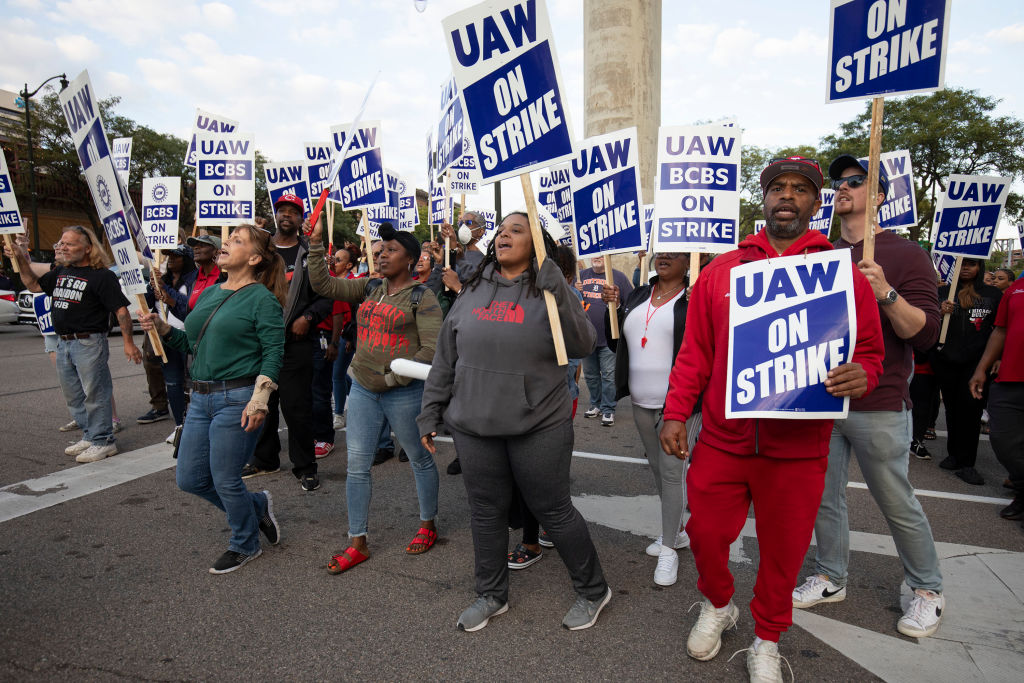







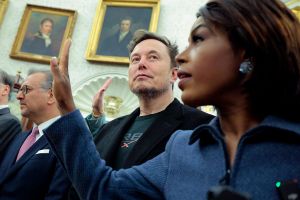
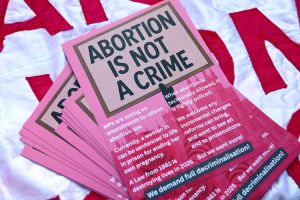
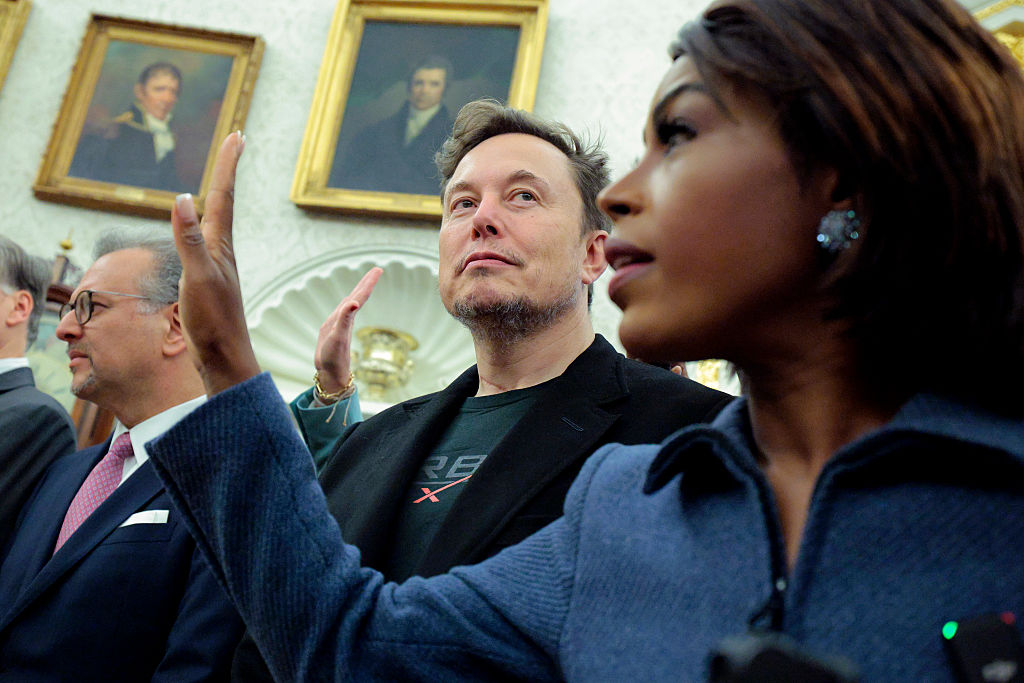
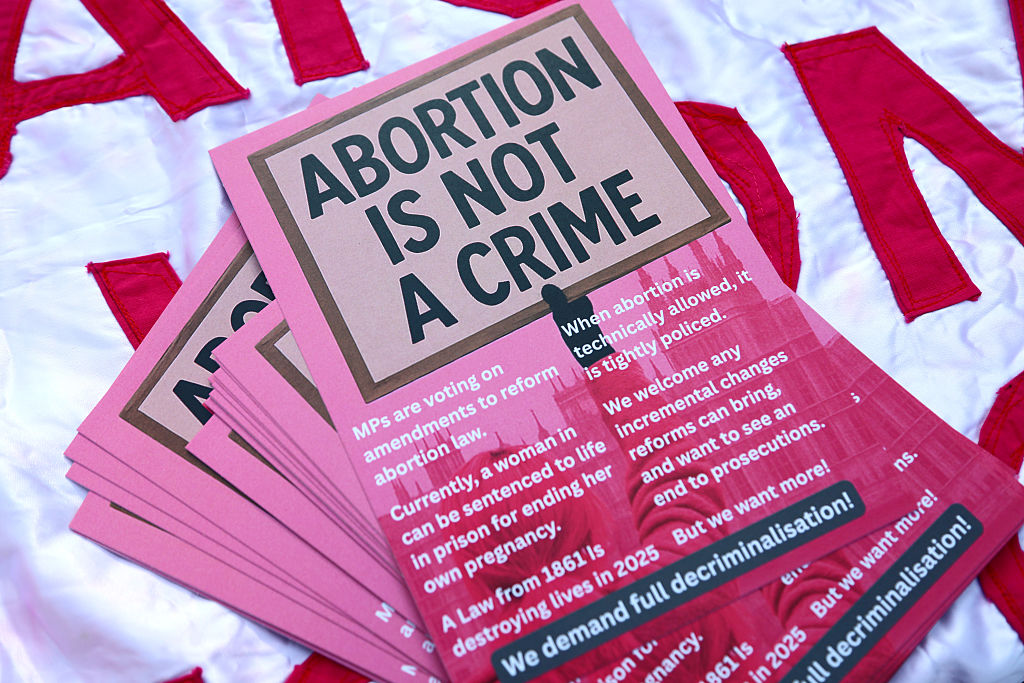
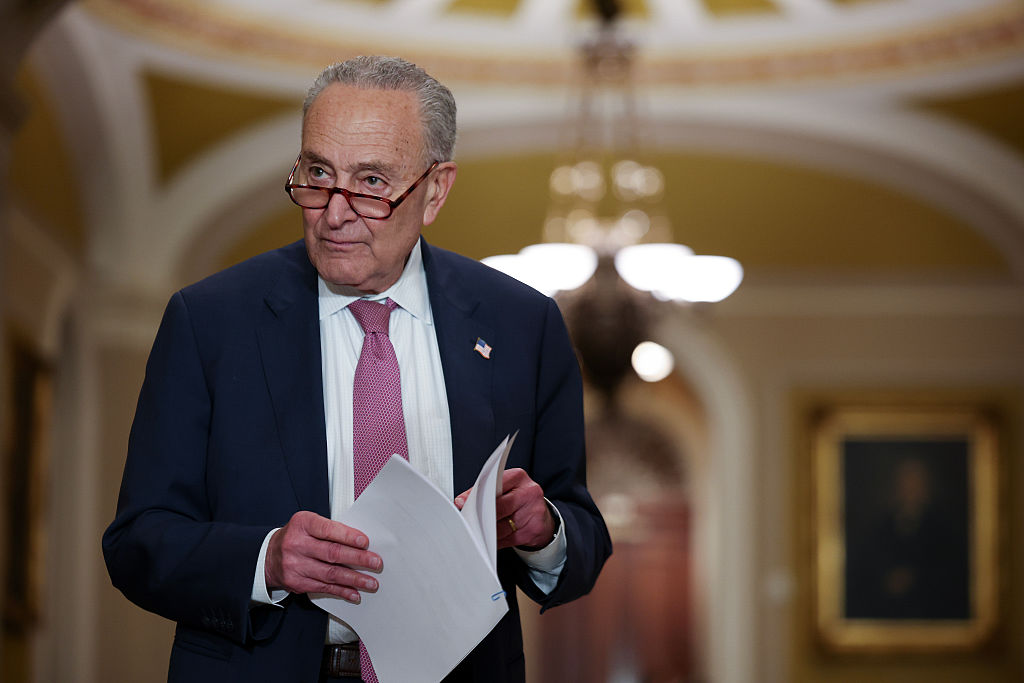
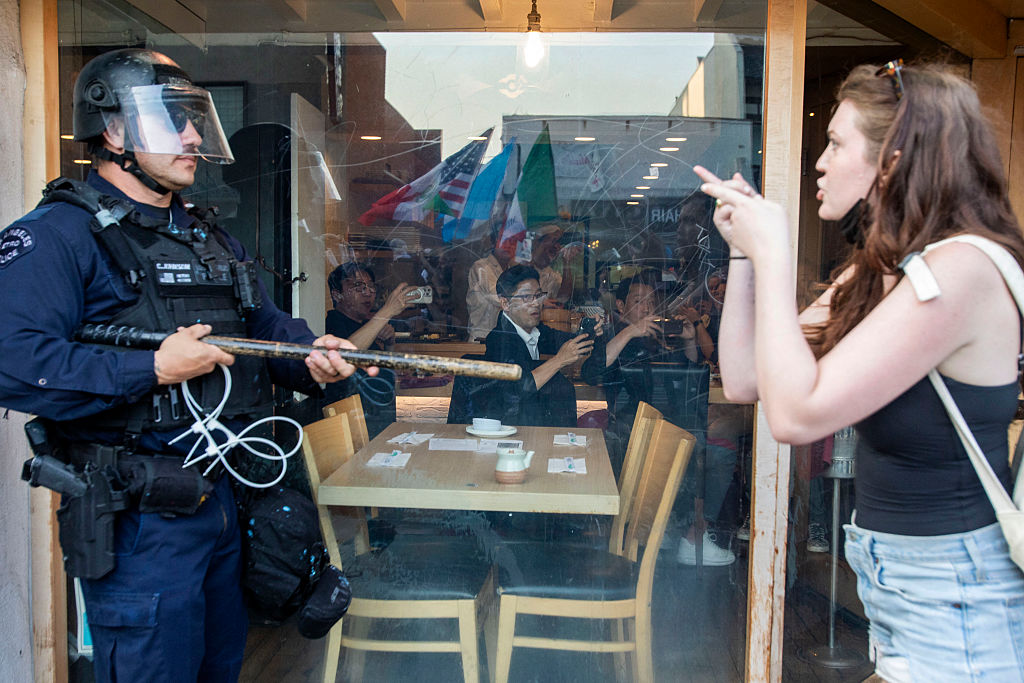

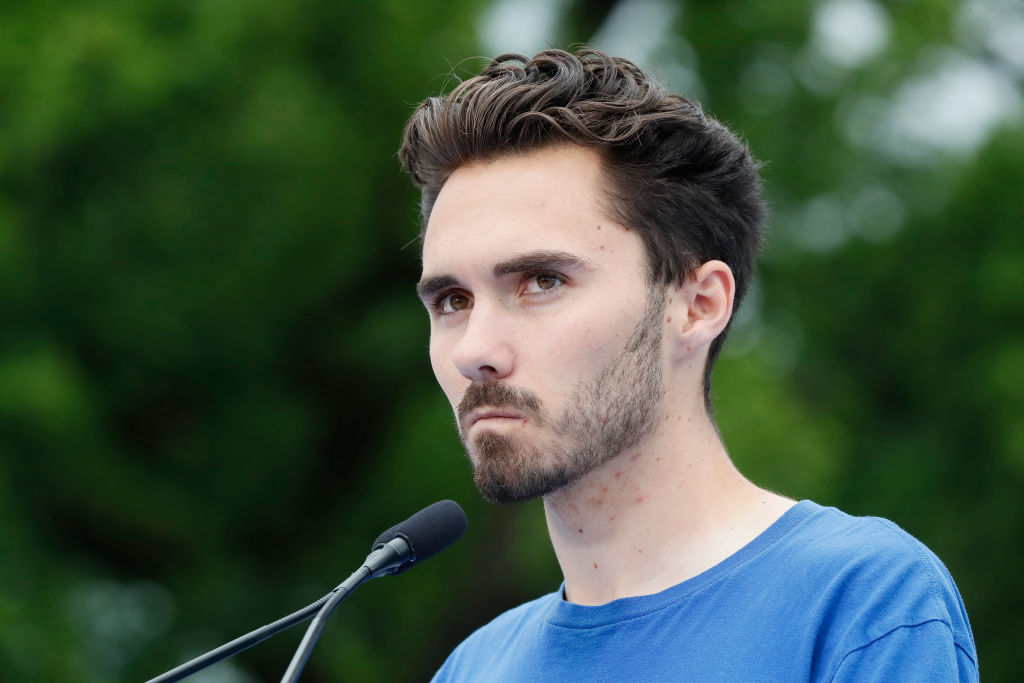







Leave a Reply